 |
 |
 |
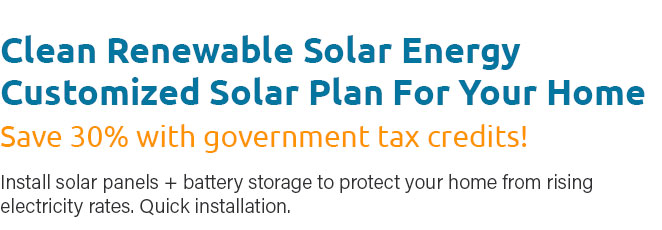 |
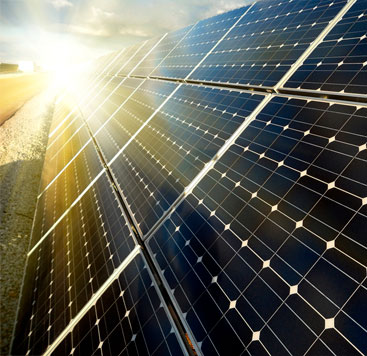 |
 |
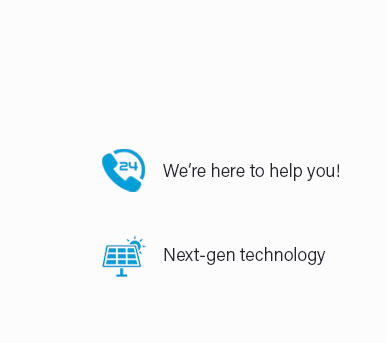 |
 |
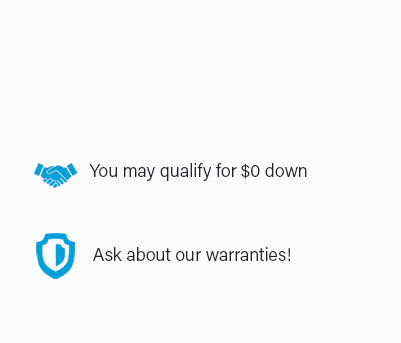 |
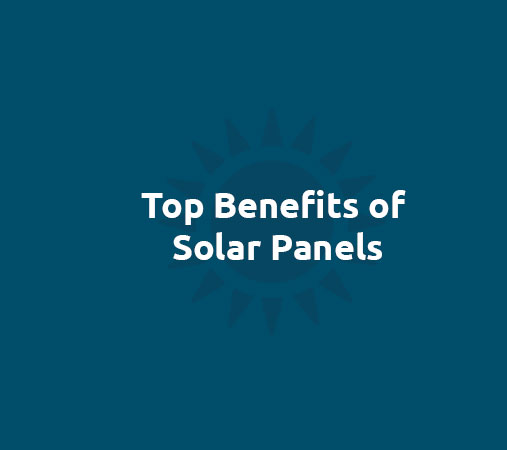 |
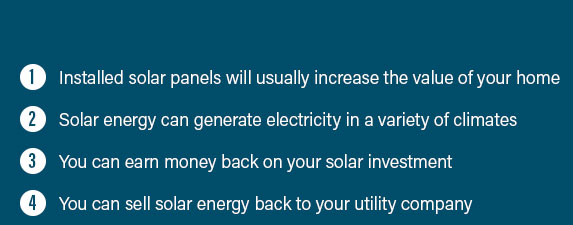 |
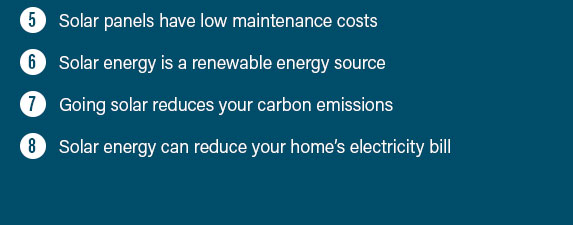 |
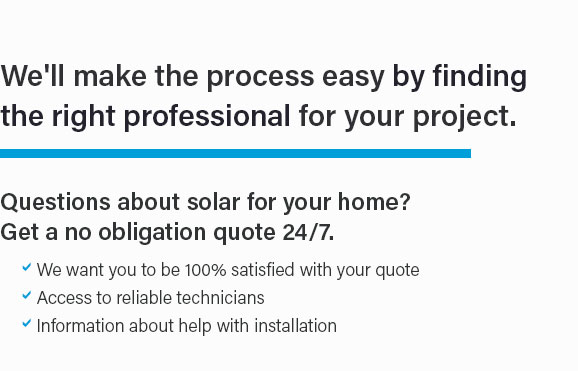 |
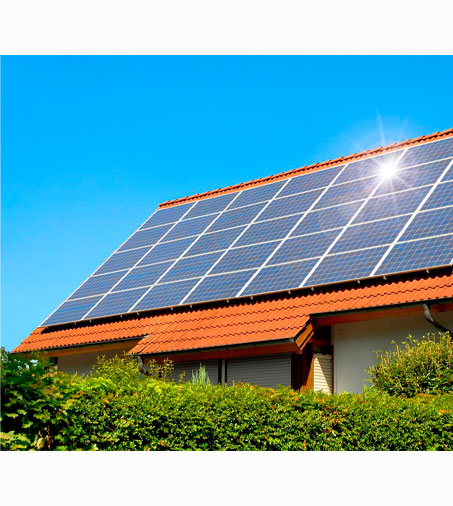 |
|
 |
 |
 |
The Comprehensive Guide to Solar Panel Installation in New MexicoIn recent years, New Mexico has emerged as a frontrunner in the solar energy revolution, offering residents a viable and sustainable energy solution that aligns perfectly with the state's abundant sunshine. If you're considering transitioning to solar power, this guide will walk you through everything you need to know about solar panel installation in New Mexico. Why Choose Solar in New Mexico? New Mexico is blessed with an average of over 300 sunny days per year, making it an ideal location for harnessing solar energy. The state's commitment to renewable energy is evident in its policies and incentives, designed to encourage both residential and commercial solar installations. From the Renewable Energy Production Tax Credit to the Solar Market Development Tax Credit, these financial incentives significantly reduce the initial cost of solar panel systems, making them more accessible to a broader audience. Understanding the Basics of Solar Panel Systems Before delving into the installation process, it's crucial to understand the fundamental components of a solar panel system. A typical setup includes solar panels, an inverter, a battery storage system, and a monitoring system. The solar panels capture sunlight and convert it into direct current (DC) electricity, which the inverter then transforms into alternating current (AC) electricity for home use. The battery storage system allows you to store excess energy for use during cloudy days or at night, ensuring a consistent power supply. Steps to Installing Solar Panels Embarking on the solar journey begins with a few key steps. Firstly, conduct a thorough assessment of your energy needs and property suitability. Engaging a professional solar installer is advisable as they possess the expertise to evaluate your roof's condition, orientation, and shading to determine the optimal solar panel layout.
Considering Costs and Financing Options While the upfront cost of solar panel installation can seem daunting, various financing options make it more manageable. Many homeowners opt for solar loans, leases, or power purchase agreements (PPAs), each with its unique benefits and considerations. These options enable you to go solar with little to no upfront cost, with payments structured to be lower than your current energy bills. Additionally, federal incentives like the Investment Tax Credit (ITC) offer a 26% tax credit for solar systems installed by the end of the year, further reducing the financial burden. The Environmental Impact and Long-term Benefits Transitioning to solar energy is not only a smart financial decision but also an environmentally conscious one. By reducing reliance on fossil fuels, solar energy significantly lowers greenhouse gas emissions, contributing to cleaner air and a healthier planet. In the long term, solar panels can substantially reduce or even eliminate your electricity bills, providing financial stability and energy independence. Final Thoughts Installing solar panels in New Mexico is a forward-thinking move that aligns with the state's renewable energy goals and environmental initiatives. With the myriad of incentives and the state's solar-friendly climate, there's never been a better time to explore solar energy. Whether you're motivated by financial savings, environmental benefits, or energy independence, solar power offers a compelling solution that promises to transform your energy consumption for the better. As you embark on this exciting journey, ensure you choose a reputable installer who can guide you through the process, ensuring a seamless transition to a brighter, more sustainable future. https://www.cnet.com/home/energy-and-utilities/new-mexico-solar-panels/
Here's what you should know before switching to a solar energy system in New Mexico, starting with the best solar panel installation companies operating within ... https://www.solarreviews.com/solar-companies/new-mexico
A 6 kW solar system will cost about $14,640 in New Mexico before incentives. After the 30% federal solar tax credit, this drops to $10,248, or about $1.71 per ... https://www.energysage.com/local-data/solar/nm/
The average New Mexico homeowner needs a 9.08 kW solar panel system to cover their electricity needs, which comes out to $27,173 before incentives. Prices range ...
|